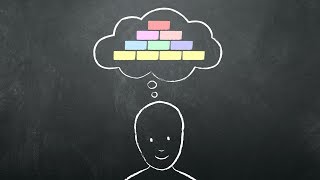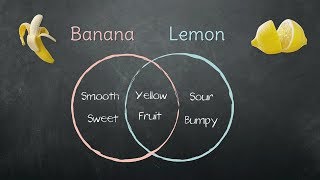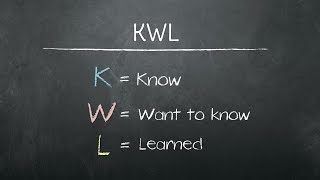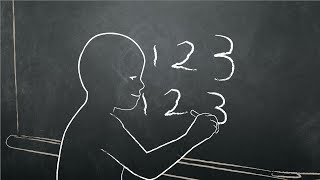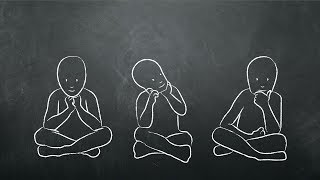Sequencing
Teach for Life | Wichita, Kansas
Sequencing is a visual organizing tool where students use a chart that puts the main events of a story in order to review the story. This can help them better comprehend and recall the story.
Read transcript
Now, let us see how sequencing can be used to review this story. Let’s begin: start by drawing a large poster size chart with three boxes and label the boxes beginning, middle, and end. Write the story title at the top. Ask the students what happened in the beginning of the story and write their answer in the box labeled, “Beginning.” The hare makes fun of a tortoise for being slow. The tortoise challenges the hare to a race. Then ask the students what happened in the middle of the story and write their answer in the middle box. The hare thinks he’ll win, so he takes a nap. Slow tortoise passes the hare. The hare wakes up, then he’s behind. Finally, ask the students what happened at the end of the story and write their answer in the last box. The hare loses the race and he stops bragging. Slow and steady wins the race.
There are a few variations to this strategy that can be helpful, especially with very young students. The first variation is to start with a simpler two-box chart that just focuses on the beginning and end. These concepts are easier for young children to think about at first. Later, you can introduce the idea of the middle and use the full chart. The second variation is that the chart can be made into a fun graphic a common image is to use a train but feel free to use your imagination and have fun. Let’s review: sequencing helps you review a story that the students have read. It uses a chart to determine the main events of a story and put the events in order. Enjoy using sequencing with your students.
Help teachers and children
worldwide by sharing how
you teach.
A global movement of people sharing knowledge and learning from each other, to better educate our children and create hope for the world.
A global movement of people sharing knowledge and learning from each other, to better educate our children and create hope for the world.

